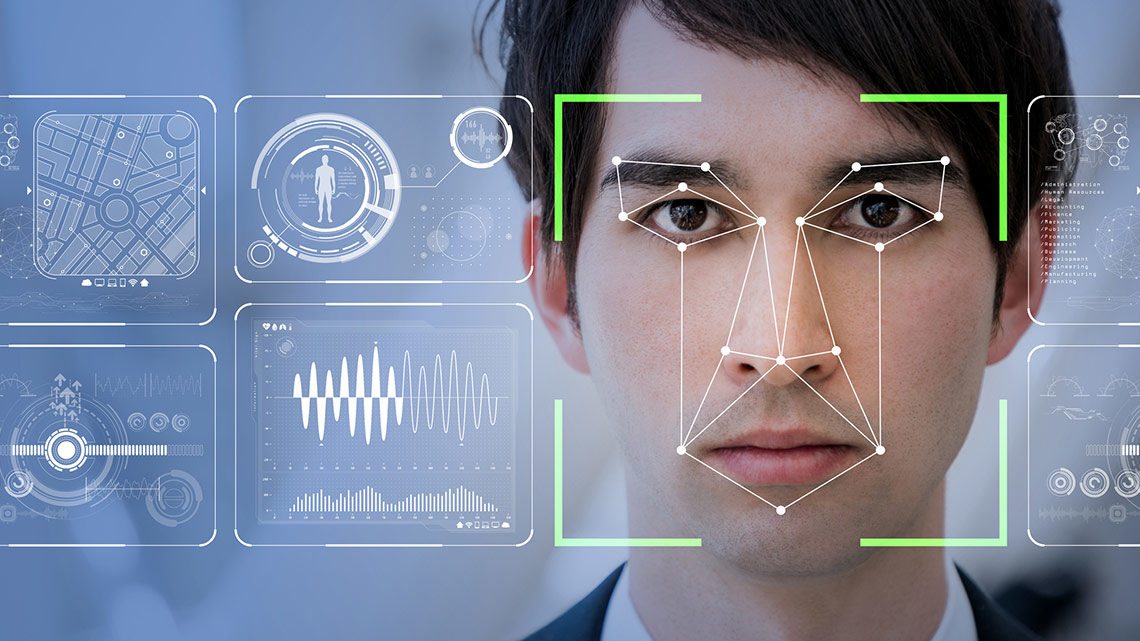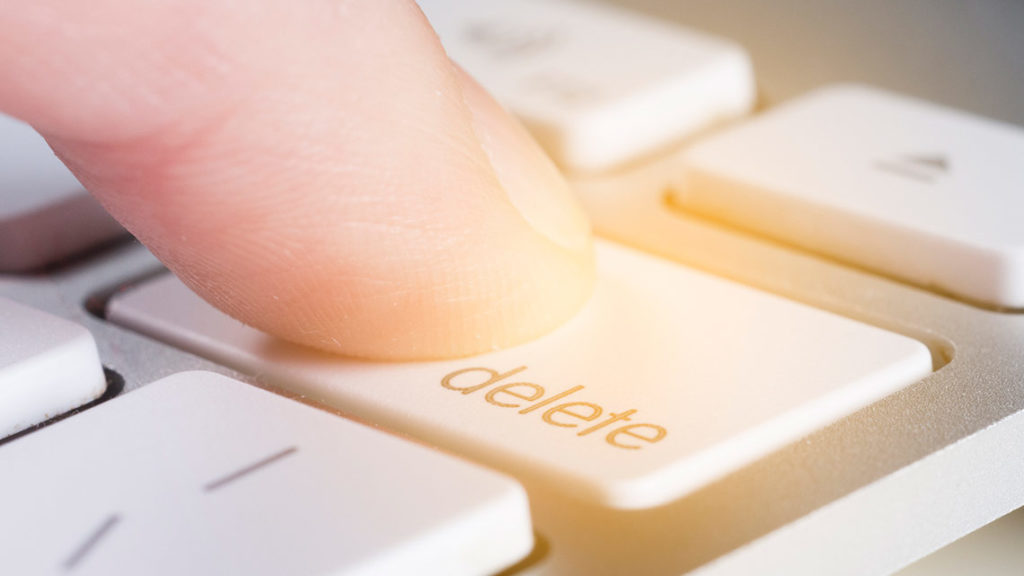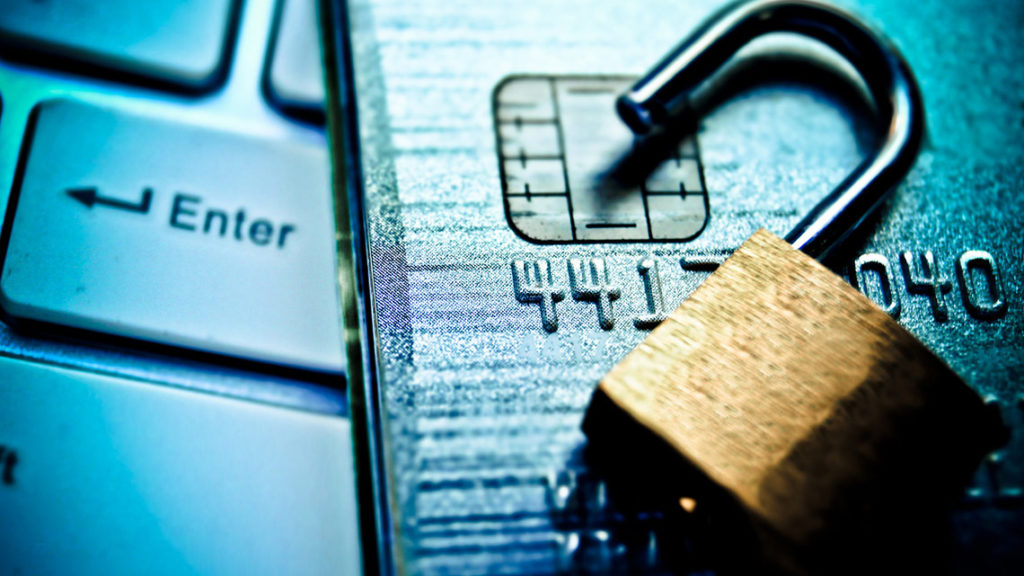Many law enforcement agencies at all levels of government have begun using facial recognition to identify possible lawbreakers. The state of New York claims that using the technology on its database of driver’s license photos has led to the arrest of 4,000 persons for identity theft or fraud. A statement from Gov. Andrew Cuomo said, “The use of this facial recognition technology has allowed law enforcement to crack down on fraud, identity theft, and other offenses—taking criminals and dangerous drivers off our streets and increasing the safety of New York’s roadways.”
According to Governing.com, at least 39 states now use the software in some way. “A driver’s license is a strong, dependable form of ID,” according to Geoff Slagle, director of identity management for the American Association of Motor Vehicle Administrators (AAMVA). “We want to make sure the people who are getting the licenses are who they claim to be.” However, privacy advocates have raised concerns about privacy invasion and potential abuse. While photo database access is limited to the Department of Motor Vehicles (DMV) in some states, others allow sharing with law enforcement.
The Atlantic reports that police departments in nearly half of U.S. states can use facial-recognition software to compare surveillance images with databases of ID photos or mugshots. Although some law enforcement agencies only use facial recognition to confirm the identity of a suspect who’s been detained, others do a continuing analysis of footage from surveillance cameras to determine who is walking by at any particular moment.
Millions of citizens are in the FBI’s facial recognition database
“Face recognition technology lets the police identify you from far away and in secret without ever talking to you,” says Alvaro Bedoya, the executive director of Georgetown Law’s Center on Privacy & Technology. “Unless you’ve been arrested, the chances are you’re not in a criminal fingerprint database or a criminal DNA database either, yet by standing for a driver’s license photo at least 117 million adults have been enrolled in a face recognition network searched by the police or the FBI.”
A facial recognition database maintained by the Federal Bureau of Investigation includes as many as 411.9 million images. The bureau’s Facial Analysis, Comparison, and Evaluation Services Unit contains not only 30 million mug shots, but also has access to driver’s license photos from 16 states, the State Department’s visa and passport database, and the biometric database maintained by the Defense Department.
According to a story about the FBI’s database in The Guardian, “The algorithms used to identify matches are inaccurate about 15% of the time, and are more likely to misidentify black people than white people.” Kimberly Del Greco, the FBI’s deputy assistant director of criminal justice information, said that the FBI’s facial recognition system is used to generate “investigative leads,” not for positive identification of suspects.



